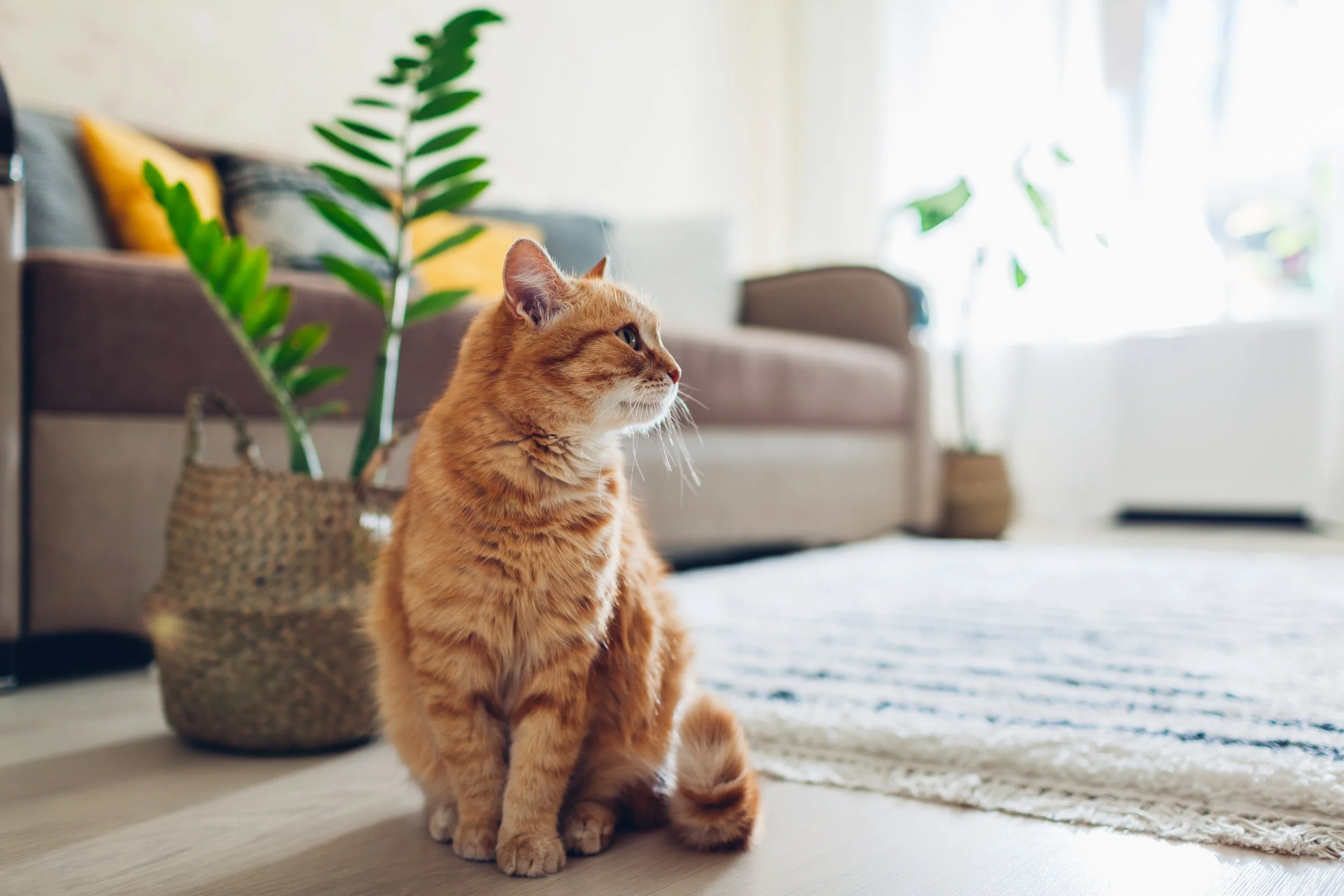When raising a cat as a personal companion, it's easy to think your feline friend is healthy because they're not showing any obvious signs of illness. Cats often disguise their pain or discomfort until symptoms become obvious and the condition is more advanced and harder to treat. Cat diabetes is one of those conditions that definitely follows this pattern. Many cat owners are completely surprised by a vet's request to test their pet for diabetes because they noticed few to no warning signs. Yet prompt diabetes testing is the best way to catch the disease early for fast treatment and improved health. Find out why it's good to get routine testing for cat diabetes if your vet recommends it.
Subtle Warning Signs
The warning signs of cat diabetes are all too easy to miss. The earliest symptoms include drinking more water, peeing more frequently, and sleeping a little more. It's not always easy to notice you're filling the water bowl more often or that the litter box needs changing more often. Since cat diabetes often accompanies aging in pets, extra sleep is often assumed to just be the cat slowing down with age. Once more advanced warning signs appear like weight loss, dull fur, constant drinking, or kidney problems, it's often harder to treat the condition. Getting routine testing from the vet catches cat diabetes at the earliest stages before warning signs even appear.
Secondary Conditions
Other health conditions can be caused or worsened by the onset of diabetes in cats. This is especially true for older cats or those living with feline herpes or immunodeficiency virus. Catching and treating diabetes when it first begins can prevent kidney damage and disease particularly, along with preserving your pet's oral health. Cat diabetes also increases the likelihood of infections, especially in any wounds the pet might get while playing or tussling with other pets.
Advanced Testing
One issue in the past with testing for cat diabetes was a lack of sensitive testing for more than just blood glucose levels. The stress of visiting the vet can spike glucose, leading to inaccurate readings during the test. Today's testing is much more advanced and focuses on multiple markers of insulin resistance in the cat's blood and urine. Multiple tests will narrow down whether your pet has diabetes, hypoglycemia, or is simply experiencing a stress-related response.
Diabetic Remission
When the condition is discovered early enough, it's possible for the cat to go into remission and actually recover from cat diabetes. This requires prompt treatment and adherence to a vet-guided diet. Since advanced diabetes requires daily injections in addition to careful diet control, it's best to bring the cat into remission if at all possible. Your pet will have a longer, healthier, and happier life if you track their blood sugar and health to catch diabetes in its earliest stages.
Litter Box Changes
On the most practical level, treating or preventing cat diabetes makes it easier to change the litter box. Litter weighs dramatically less when your cat is only drinking and urinating the normal amount. You may find you're changing the box less after getting its blood sugar under control, especially if you only have one cat in the home.
Schedule an appointment today with our team to check in on your cat's health. We can test for cat diabetes and other important conditions or just offer a general checkup.

